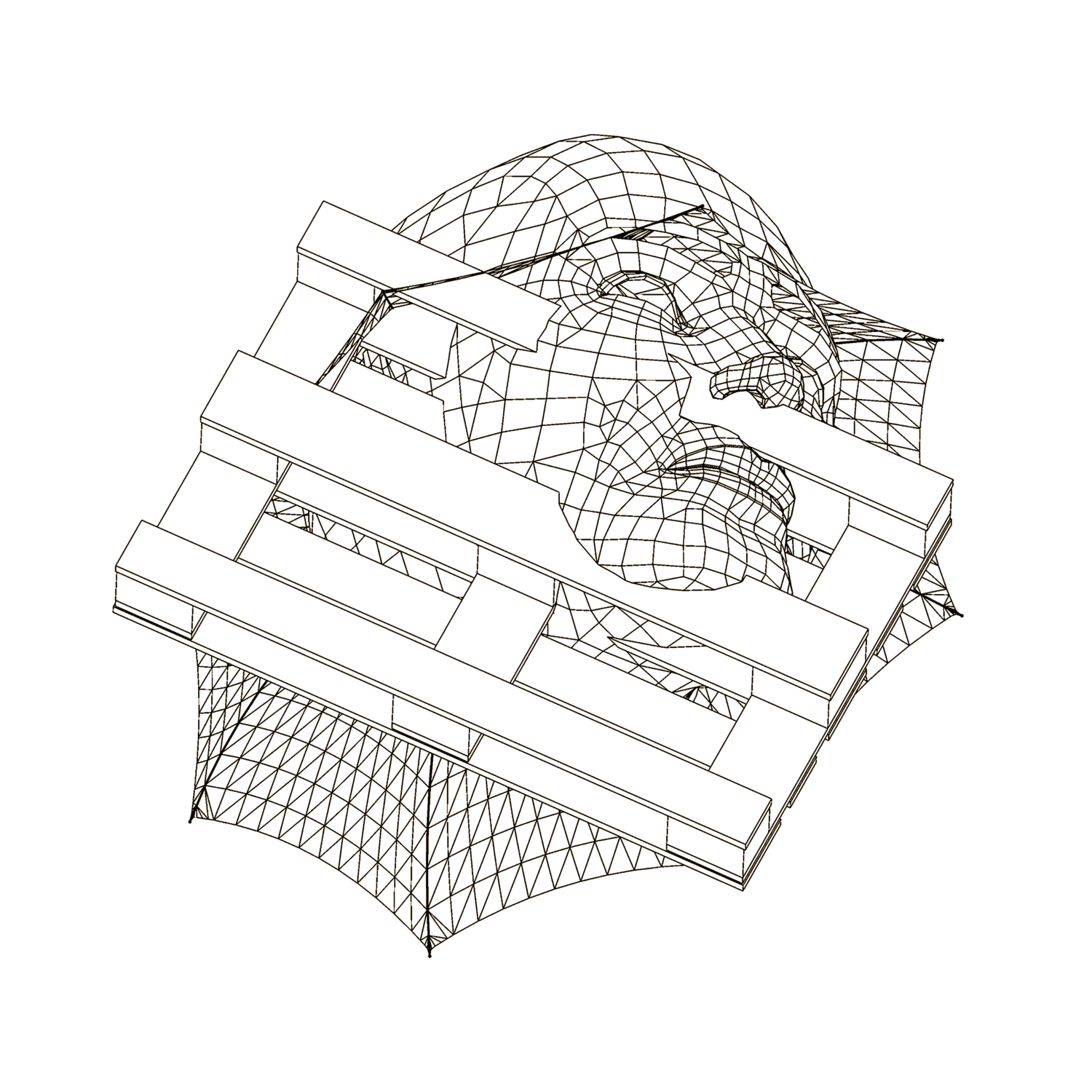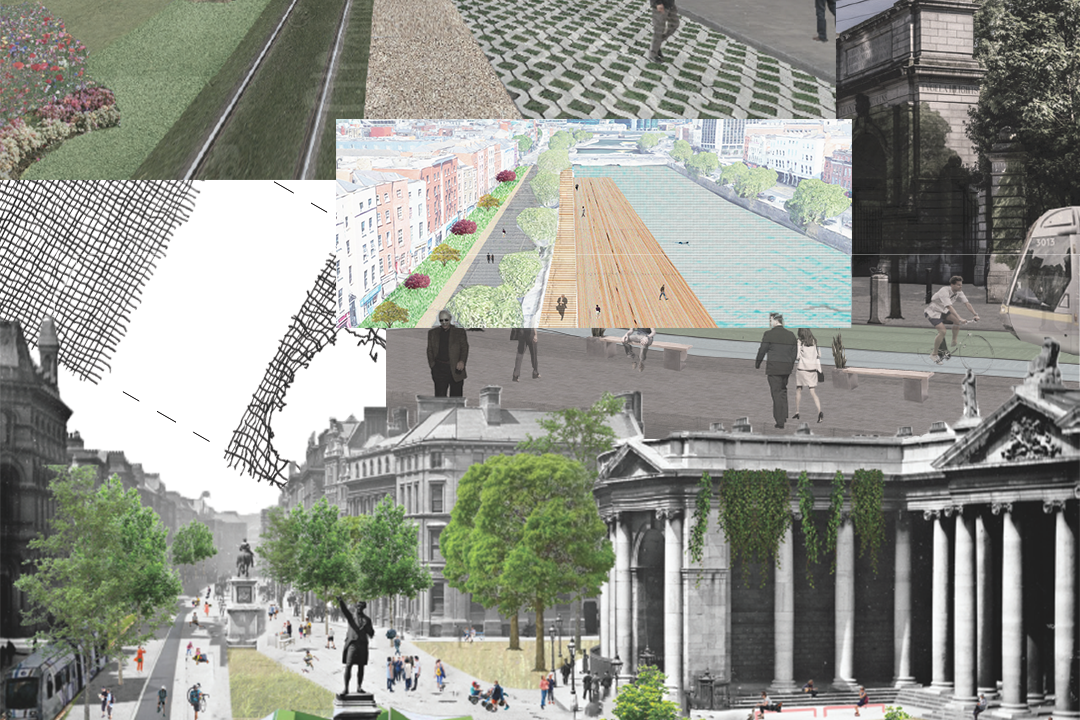Supporting League of Ireland Football
The 2021 League of Ireland season could be a turning point for Irish football.
Keith Duffy explores how we can help Irish football culture grow, through investment in new stadiums like Dalymount Park in Phibsboro, better marketing and media, an appreciation of the history, and most importantly, attending more games.
7 min. read
The 2020 League of Ireland season eventually came to a close on November 9th, but left major worry for all concerned despite the completion of the season. All clubs across all across Republic of Ireland could be facing challenging times as funds will become limited if fans are not allowed to return to the grounds. Support local is the message here. Many clubs have gone into liquidation throughout the years, and now it could be down to fans returning to save clubs across both divisions.
Football has given Irish people a boost and brought some normality to their lives in the recent crazy times. The league can have a huge economic benefit for the country too. A grant of over €900,000 has been confirmed by Dublin City Council to revamp Dalymount Park, which will see Shelbourne and Bohemians share the 6,000 seater stadium. The plan will essentially see an upgrade in the village centre of Phibsboro. This can only benefit the community.
Plans for the new Dalymount Park
We spoke to Daniel Lambert, Chief Operating Officer of Bohemiam FC, to get the suss on their aims for this new stadium.
“Bohs are 100% members owned and so we’re focused on ensuring any moves we make are in the interests of our supporters. Dalymount Park is on track for redevelopment to begin in late 2022. We want it to be enjoyable for the fans, with safe standing sections and murals by local artists. We’re keen for it to be community based instead of corporate based.
The aim is for Dalymount Park to be a centre for the Phibsboro community that represents its people, with opportunities for events based around visual arts and spoken word, for example. We’re even looking to have the stadium open during the daytime to provide pedestrian and cycle access from one side of Phibsboro to the other.”
With Celtic having been huge club for Irish fans, we can look and see their supporters contributed to 165 million pounds to the Scottish economy back in 2016-2017, which helped support the equivalent of 2,820 full-time jobs. Celtic Park is also the seventh most popular visitor destination in Scotland while more than 40% of Celtic's day-to-day spending was with Scottish firms. If one club can provide this much growth and revenue to the Scottish economy, why not support local League of Ireland teams, as you'll be supporting the Irish economy too.
Celtic Fans
It’s crucial for the government to come up with plans for fans to get back into the ground as soon as possible. We look at the UK and they have permitted 2,000 fans to be allowed back inside of the grounds, depending on the level of restrictions in place in the area, with major attendance expected at the FA Cup Final. A plan like that needs to be done to help each club across the leagues. Clubs face survival worries and the leagues will need continued support.
Before the pandemic we saw fans flood into the grounds. It was looking likely to see the best attendance in the League of Ireland for over 10 years. In the last five seasons the attendees have been on a steady rise, so there are positives signs ahead. We must progress on that. Our friends at Extratime.ie supplied us with the exact information below.
Figures from Extratime.ie
As there is ongoing talk of how to improve the league, the FAI have been seen to try change the structure of the leagues on a constant basis. The FAI opened an application process for clubs to enter the First Division for the 2021 season. There was talk of an All-Island football league too, which would see teams from north and south of the border competing. We have seen these efforts to restructure over the past couple of years, but the issue isn’t with the structure. Whether there are 10 or 12 teams, it hasn’t benefited the league before and it’s not the main issue.
The aftermath of John Delaney has left Irish football in huge debt. The FAI will try win back some support but it will be a long time before our people can have trust in the organisation again. The right people need to be in charge as bad personnel have hampered Irish football. Dundalk had a terrific qualifying campaign in the Europa League, competing at a level which is the aim for all Irish clubs. They reached the Europa League group stages and inspired the younger generation and showed what can be done.
The fans who watch the overseas league week in week out can still support the League of Ireland. There shouldn’t be a stigma of critiquing people who support the club’s in the UK, what can be done instead is educating them on our own leagues and how they can help. By attending a game a week you are getting that match day feeling along with supporting that club and the overall league. Daniel Lambert of Bohs summed it up well:
“Since Ireland is so close to the wealthiest football league in the world, we’ll never be able to realistically compete with them on the marketing or standard of football side of things. We need to approach things differently and ask: what can people get from football?
People can get a sense of identity and community from supporting a team and attending games. Going to a match is a shared experience, that could be one of your earliest experiences as a child all the way through to enjoying with a grandchild in old age, all in the same stadium. We need to embrace the counter-culture aspect of Irish football and enable supporters to fully participate in the entire experience of supporting a football club.”
The main issue to tackle is the advertising of the league. Every game was made available for viewers during the return to football last season. It was step in the right direction as more people wore in conversation about the games. The aim should be for podcasts and debates online about League of Ireland football, and obviously more game coverage on national stations throughout the season.
Long term thinking should be part of the plan, as investing in youth is the way forward. If we can get as many kids as possible to play football can only help the standard, like we see with the GAA clubs starting with schools. The volunteers are going into each school and trying to get children to play which has been done by Dublin GAA emphatically. If there is a culture in school with this approach to football this will enhance the league and the national side. This will bring healthy rivalry between the GAA and football.
As we look to our national side, there have been numerous players playing in our league before making the break over to the UK, like Seamus Coleman and James McClean who are key players over the country’s history. They both learned their trade in the League of Ireland. Jack Byrne became the first League of Ireland player to make an appearance for Republic of Ireland in a competitive game since the mid 80’s. Stephen Kenny, current manager of the national side, worked his way up from manging Longford Town, Bohemians and then brought huge success to Dundalk. Northern Ireland current and former managers have been involved with the league, like Ian Baraclough and Michael O’Neill. This tells us how the tide is changing.
The league has seen some star studded players in the past too, like George Best and Bobby Charlton. The proof is there, and we need to appreciate the standard more.
With the right backing and leadership from the FAI, developing the League of Ireland will have huge impact on Irish society. As Irish fans, we know that with our support, Irish football culture can grow and grow.
We value original, substantive ideas – mainstream or alternative, progressive or conservative – and encourage everyone to join our discussion.
content@facmagazine.com










